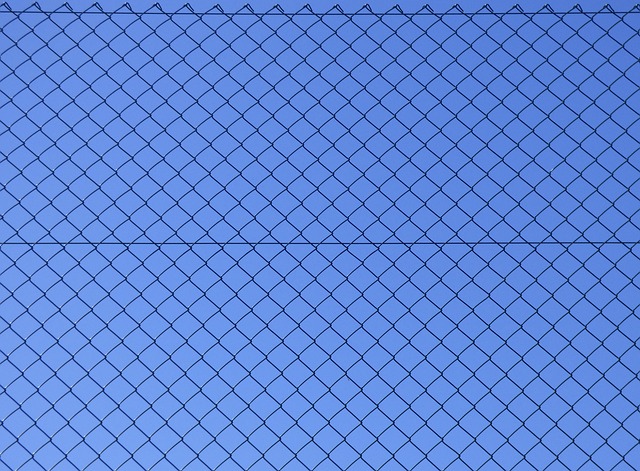Large properties present unique challenges when it comes to fencing, requiring solutions that balance aesthetic appeal with affordability. This article guides homeowners through the process of selecting cost-effective fencing solutions tailored to expansive spaces. We’ll explore strategic material choices, innovative design ideas, and expert installation tips ensuring both durability and value. By considering these factors, you can transform your large property’s perimeter into a beautiful and practical feature without breaking the bank.
- Understanding Fencing Needs for Large Properties
- Exploring Budget-Friendly Material Options
- Design Strategies for Efficient Fencing
- Installation Tips for Longevity and Value
Understanding Fencing Needs for Large Properties
Large properties present unique fencing challenges. Beyond basic security, owners often require fences that blend seamlessly with the landscape, accommodate diverse terrains, and withstand the test of time while remaining cost-effective.
Fencing needs for expansive areas may include longer lifespan due to increased wear and tear, higher wind loads, and potential impacts from wildlife or livestock. Additionally, aesthetic considerations become paramount, aligning fence design with the overall beauty and value of the property. Understanding these multifaceted requirements is essential for selecting suitable fencing solutions that offer both functionality and longevity.
Exploring Budget-Friendly Material Options
When it comes to fencing large properties, cost-effectiveness is a primary concern for many homeowners. One way to achieve this is by exploring budget-friendly material options. Traditional materials like wood and steel can be expensive, but alternatives such as vinyl, PVC, and chain link offer more affordable solutions without compromising quality or durability. Vinyl fences, for instance, are low-maintenance, highly durable, and come in various styles to suit different tastes and landscapes.
Additionally, recycled materials like plastic and metal scraps can be transformed into stylish and eco-friendly fencing options. These materials are not only cost-effective but also reduce environmental impact. Moreover, many manufacturers now offer custom designs and colors, allowing homeowners to create unique fences that reflect their personal style while staying within budget.
Design Strategies for Efficient Fencing
When designing efficient fencing for large properties, strategic planning is key to balancing functionality with cost-effectiveness. One effective strategy is to prioritize peripheral boundaries first, focusing on high-visibility areas that deter potential intruders. This approach not only enhances security but also allows for more flexibility in budget allocation. Additionally, utilizing mixed fence types can optimize both visual appeal and financial resources. Combining robust, long-lasting materials like steel or treated wood with lower-cost alternatives like vinyl or chain link can create a balanced solution that effectively secures the perimeter without breaking the bank.
Another strategic design choice is to incorporate natural features like trees, bushes, or hedges in conjunction with the fence. These organic elements not only add aesthetic value but also serve as natural barriers, reducing the need for extensive fencing material. Furthermore, considering the property’s unique topography and existing structures can lead to more efficient use of fencing materials, minimizing waste and maximizing the overall security setup.
Installation Tips for Longevity and Value
When installing fencing for large properties, focusing on longevity and value is essential. One key tip is to ensure proper planning and preparation before starting the installation process. This includes assessing the site’s topography, considering local regulations, and selecting materials that align with your budget and desired aesthetic. Using high-quality posts, rails, and panels from reputable manufacturers can significantly enhance the fence’s durability and longevity.
During installation, maintaining straight lines and precise measurements is crucial. Proper spacing between posts ensures stability and prevents future warping or sagging. Additionally, using concrete or mechanical anchors for posts in challenging soil conditions will safeguard against shifting over time. Regular maintenance, such as cleaning, painting, or treating the fence, can also contribute to its long-term value and appearance.
